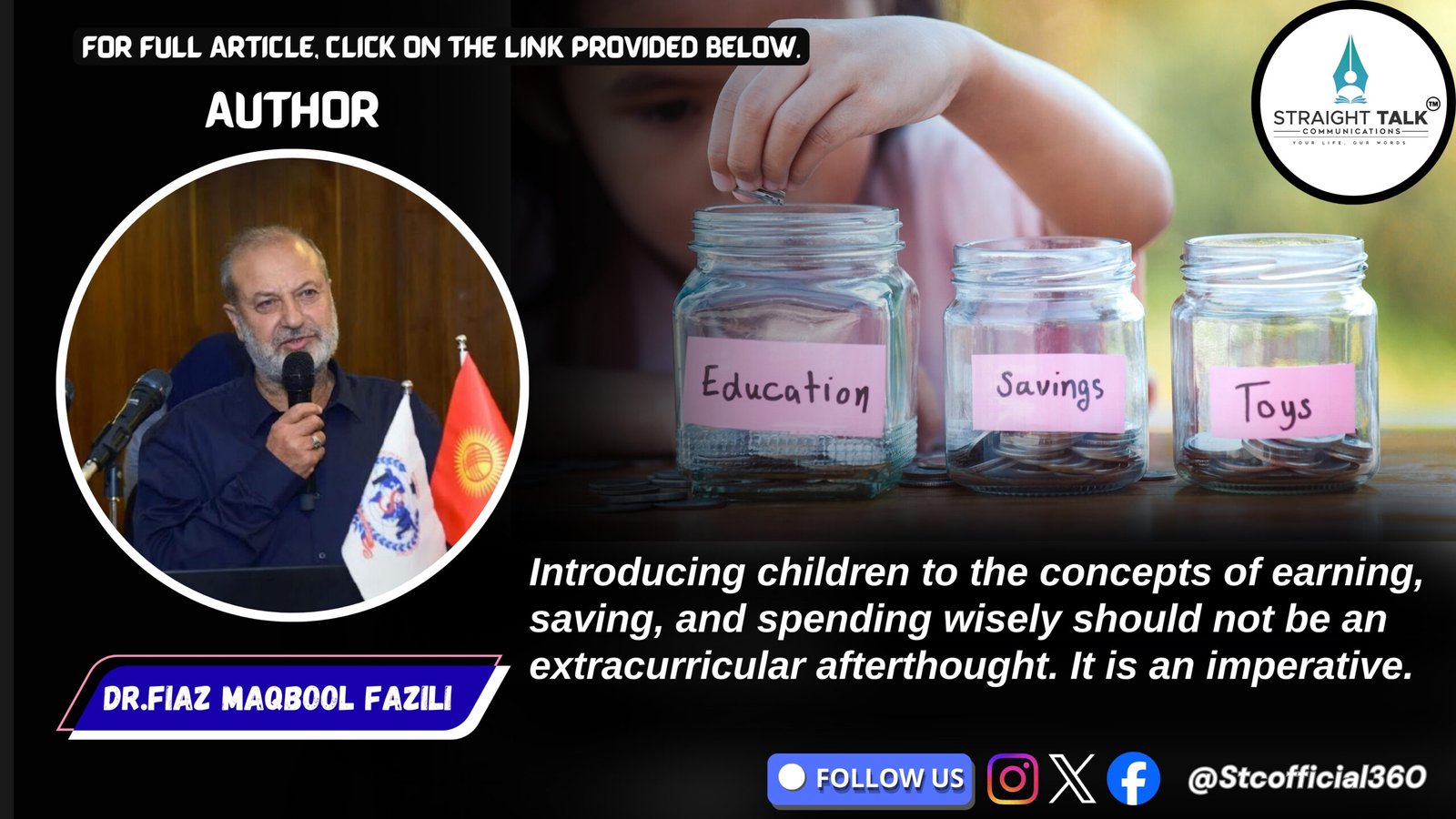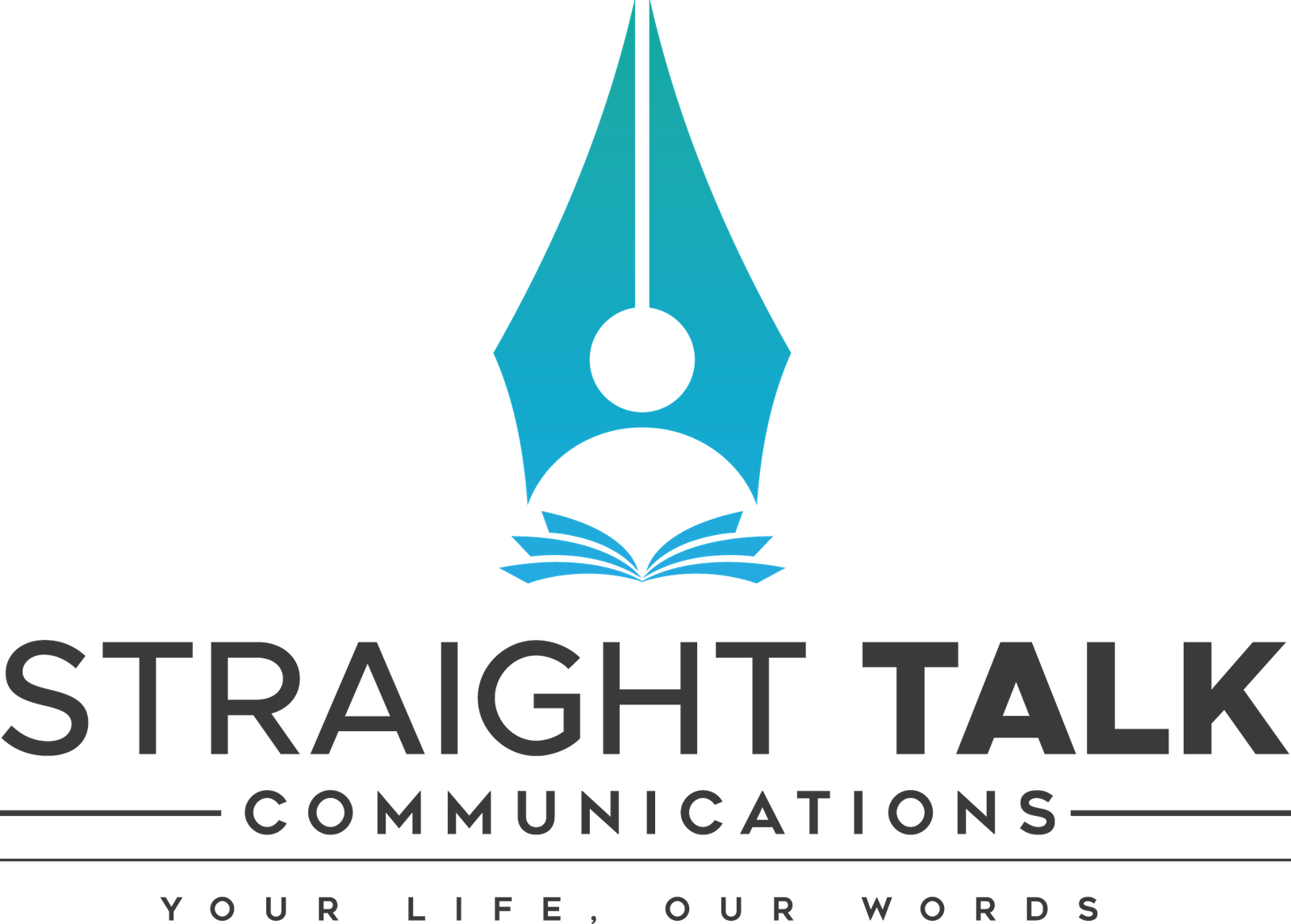Fundamental Piece Missing From School Curriculum – The Mastery of Money

Introducing children to the concepts of earning, saving, and spending wisely should not be an extracurricular afterthought. It is an imperative.
Dr.Fiaz Maqbool Fazili
A recent conversation with my niece,( A leading Physician ), visiting from Delhi, settled on a subject that preoccupies every parent and educator: our children’s future. In a world of dizzying technological change and economic complexity, we asked ourselves a simple, stark question: are our schools truly preparing them for life? Our conclusion was that a fundamental piece is missing from the curriculum—the mastery of money.
Financial management is not a niche skill for aspiring accountants; it is the bedrock of responsible citizenship. It is the crucial link between academic theory and real-world survival. Introducing children to the concepts of earning, saving, and spending wisely should not be an extracurricular afterthought. It is an imperative. The journey from a child’s first piggy bank to an adult’s investment portfolio must be a guided one, and the classroom is the perfect place to start.
This education must begin in the foundational years of primary school, where concepts are made tangible and fun. Imagine a classroom where children earn “classroom currency” for completed tasks, which they can then spend on privileges or small items. This simple “classroom economy” simulates the core cycle of earning and spending. Picture a child decorating their own transparent savings jar, watching their coins accumulate toward a specific goal, like a book or a toy, thereby learning the magic of delayed gratification. Through activities like creating “needs vs. wants” collages from magazines or running a mock marketplace with play money, children internalize the value of money and the difference between necessity and desire.
As children progress to middle school, their financial education can mature with them. Here, we can introduce the discipline of budgeting by having students plan a class party or picnic with a fixed budget, forcing them to make trade-offs and prioritize. Schools can partner with local banks to set up a functioning “school bank,” demystifying financial institutions by allowing students to open real savings accounts with small deposits. The abstract danger of debt becomes viscerally clear through a powerful lesson like the “Loan Shark” game, where borrowing classroom currency comes with a steep interest penalty. This is also the time to introduce concepts like GST, explaining it not as a complex policy but as a small percentage that contributes to building the very roads and schools they use, fostering an early awareness of their role as citizens and taxpayers.
By secondary school, the focus must shift to preparing students for the real world. They are ready to understand how money grows over time. A virtual stock market game can teach them about risk and diversification without real-world consequences. The concept of a mutual fund can be brilliantly simplified: if a pizza is too expensive to buy alone, you pool money with friends; a mutual fund is the same, but for buying pieces of companies. The purpose of insurance—as a safety net, not an investment—can be explored through role-playing scenarios involving accidents or illness. The ultimate test could be a “Life Simulation” day, where students, armed with a fictional salary and life events, must navigate monthly expenses and unexpected emergencies, making the kind of difficult choices that await them in adulthood.
Throughout this entire journey, financial education must be woven together with an ethical framework. The goal is not merely to create wealth, but to foster wisdom. We must teach children to avoid the trap of greed, to understand the perils of debt, to value transparency in their dealings, and to practice conscious consumption that avoids wastefulness.
Integrating finance management into the core curriculum does more than teach children to balance a chequebook. It nurtures a generation that values prudence, responsibility, and foresight. It transforms children into adults who are not only self-reliant but who also contribute positively to their families and the broader economy.
My conversation with my niece ended on a hopeful note. We imagined a future where young adults graduate not just with academic grades, but with the confidence to manage their first salary, the wisdom to invest for their dreams, and the resilience to navigate financial setbacks. It is a future where the “value of money” encompasses not just its purchasing power, but the deeper values of discipline, responsibility, and integrity. This better future begins in the classroom, and it is a lesson we can no longer afford to postpone.







